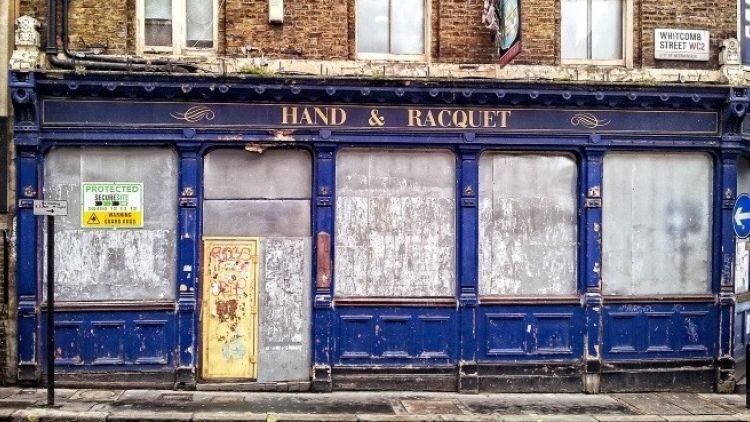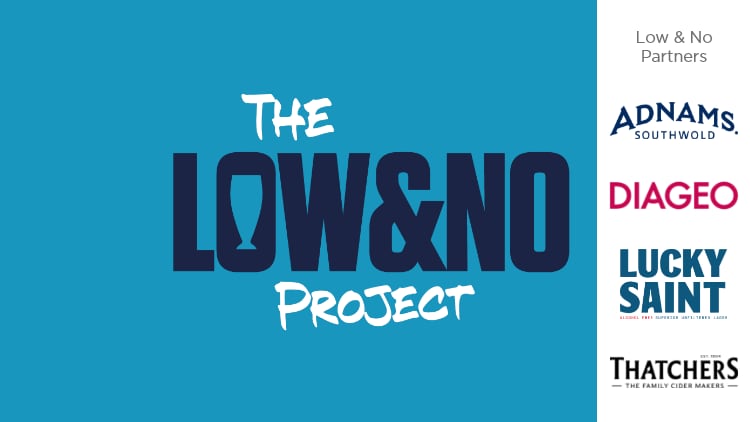The latest Hospitality Market Monitor from CGA by NIQ and AlixPartners showed closures accelerated in the final quarter of 2024, typically hospitality’s busiest time, attributed to mounting cost pressures and changing consumer habits.
Site numbers contracted by 0.7% between October and December, an average of just over eight net closures per day and 748 venues lost overall during the three-month period.
If closures continued at this rate, it would represent an annualised net loss of almost 3,000 sites, according to the report.
A total of 99,120 outlets were operating in December 2024, compared to 99,113 in December 2023, representing a year of “solid consolidation” after contraction in both 2022 and 2023, when the licensed sector shrunk by 4.5% and 2.9% respectively.
However, the year-on-year comparison disguised a substantial churn in hospitality, as many venues changed hands and some group-owned units switched to new trading formats, CGA explained.
Changing habits
The report detailed there were 4,078 closures and 4,085 openings in 2024—a turnover equivalent to 11 venues a day.
CGA by NIQ director hospitality operators and food EMEA Karl Chessell said: “Given all the challenges that were thrown at hospitality in 2024, stability in site numbers shows the impressive resilience of operators.
“However, we continue to see a rapid churn of sites as the sector adapts to consumers’ changing habits, while hundreds of net closures in the final quarter of the year emphasise that the burden of costs—made even heavier by the autumn Budget—is threatening hospitality’s fragile renewal.
“The long-term confidence of leaders, entrepreneurs and investors is solid, but January has already brought further closures of venues that clung on through Christmas.
“With economic uncertainty lingering, many more hospitality venues remain extremely vulnerable.”
Additionally, the latest findings showed encouraging trends for pubs, bars and sports and social clubs, while the number of food-led venues fell 0.7% year-on-year. Wet-led venues number increased by 0.5%.
Independently run food-led sites were particularly robust last year, with growth of 1% compared to a 3.2% drop in the number of food-led venues run by multi-site groups.
Tough times
Major cities like London, Birmingham and Oxford saw notable decreases whereas Liverpool, Manchester, and Leeds experienced modest growth.
AlixPartners’ managing director Graeme Smith said: “The sector has learnt how to operate in tough times over the course of the past few years, and there is a sense that this ability will be tested again this year, becoming more important than ever.
“The changes to the national minimum wage, national insurance and business rates will render many marginal sites unviable and cause businesses to look at how to right-size their operations for this new environment.
“While we expect the consumer outlook to improve and M&A to build as we move further through the year, a significant number of businesses will remain vulnerable.
“The turnover of sites will continue too, we expect, as operators increasingly focus on core operations, close ancillary sites and reassess opening pipelines.
“Restructurings and rescue deals will be an inevitable and necessary feature of this stage in the business cycle.
“In the face of this disruption, it is vital that businesses define the key actions they need to be taking – and where they need to be taking them – in order to mitigate the additional costs facing the industry.”





